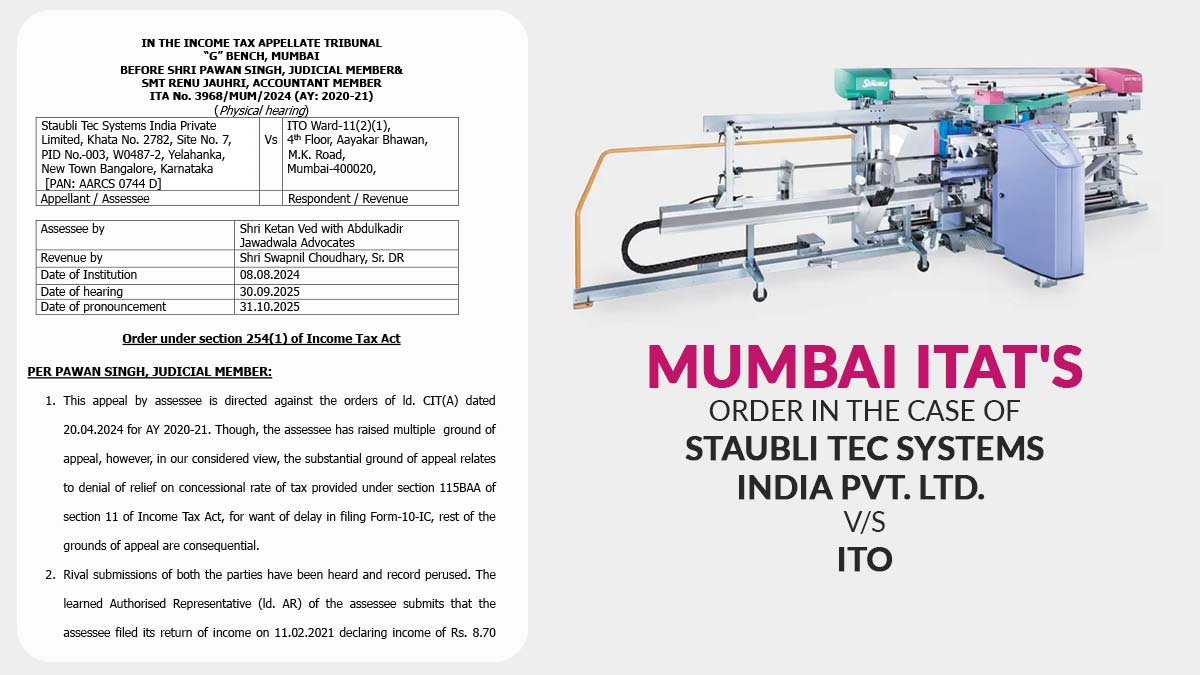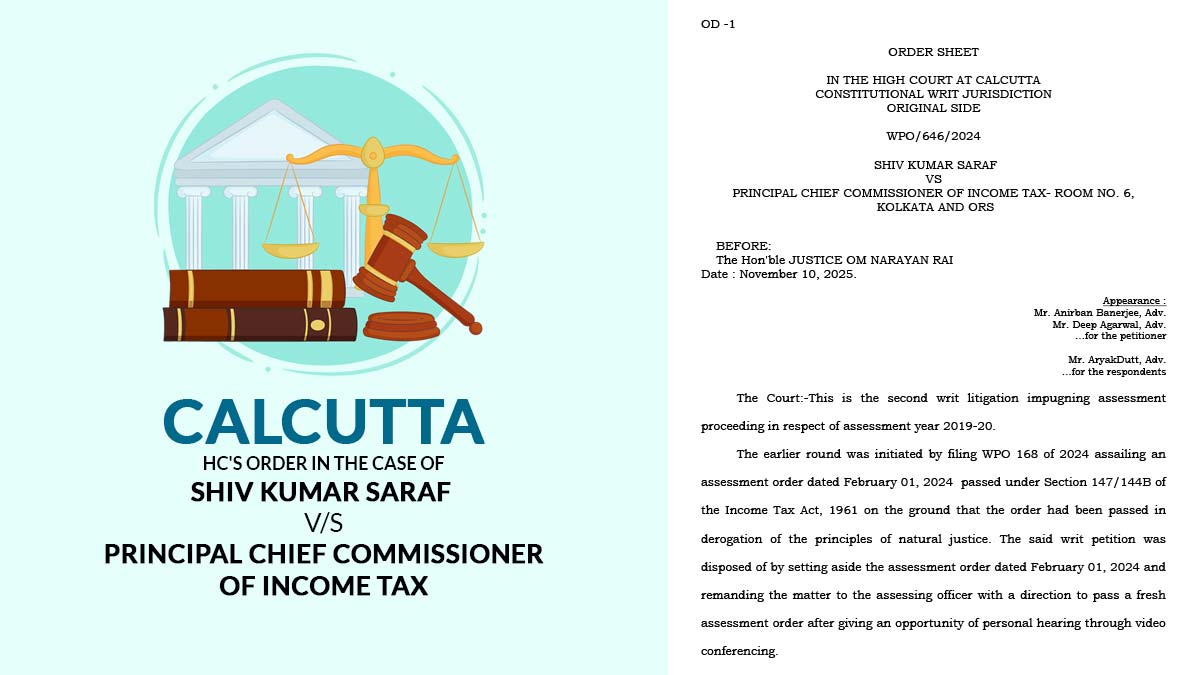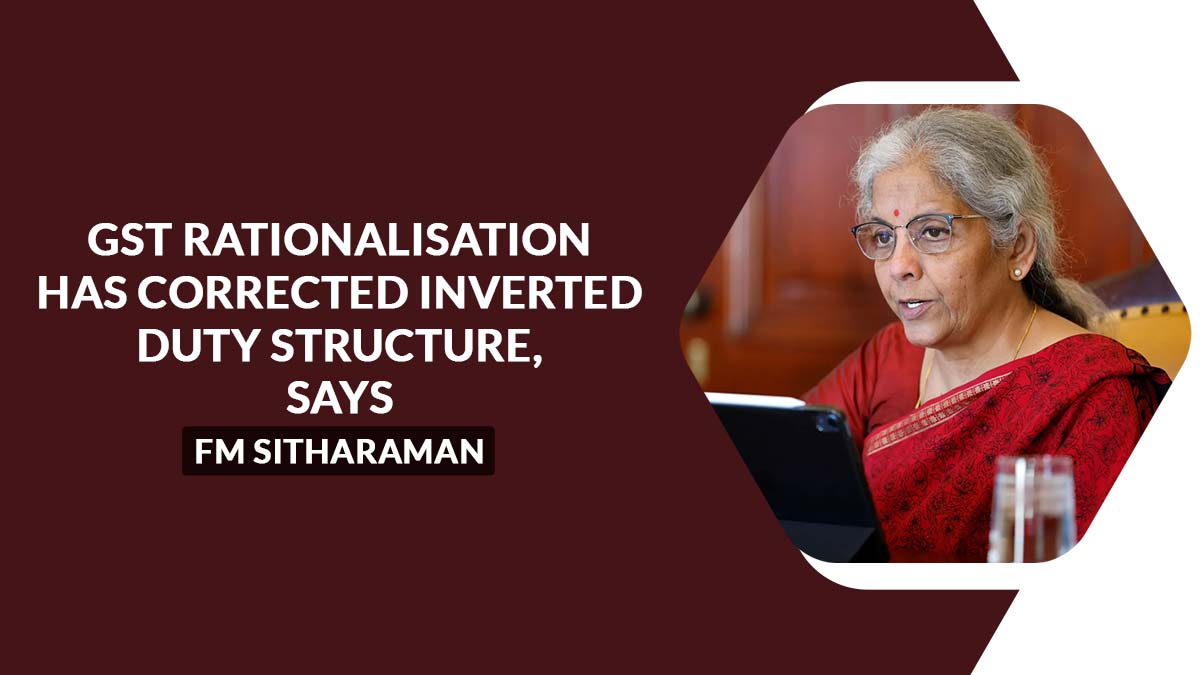
Over the last four and a half years, Gujarat has seen a staggering 515% surge in Goods and Services Tax (GST) evasion. This sharp rise may be attributed to subpar compliance or a heightened detection of counterfeit billing schemes.
Parliament was presented with data from the Union finance ministry indicating Gujarat’s reported evasion of Rs 12,066.8 crore in FY 2023-24, spanning from April to October.
This marks a 19.36% increase compared to the Rs 10,109.7 crore evasion recorded in the entirety of the 2022-23 fiscal year. In FY 2019-20, tax evasion was reported at Rs 1,959.74 crore. Over the past four and a half years, the state has observed GST evasion totalling Rs 38,245.7 crore.
Read Also: GST Dept Records 21,791 Cases of Fake Registrations During Special Drive
However, only 24%—amounting to approximately Rs 9,557.22 crore—of these evaded taxes were recovered during this period. Sources within the industry attribute the surge in detected evasions to enhanced departmental detection methods and considerable amendments to the law over the years.
The GST Act has undergone substantial revisions based on feedback from both the tax department and taxpayers. Many tax evaders exploited policy loopholes. Their methods, like obtaining counterfeit bills to dodge taxes and unlawfully claim input tax credits, constantly evolve, leading to increased evasion.
However, with strategic policy adjustments and improved surveillance systems, overall detection rates have risen. Earlier this year, SGST officials uncovered numerous scams involving the falsification of Aadhaar data to acquire fake GST registrations in the names of unsuspecting individuals.
They also found the way the system of catching GST evasion has evolved effectively.
Hand in hand with substantial legal reforms, the extensive use of data analytics aids in swiftly identifying the filing habits of taxpayers, enabling authorities to promptly catch fraudsters.
Simultaneously, a trial initiative in Gujarat aims to link biometric verification with Aadhaar authentication during GST registrations, an effort geared toward curbing fake registrations and significantly reducing evasion.
Surprisingly, the recovery rate has been consistently decreasing over the years. In the ongoing fiscal year, GST officials managed to recover a mere 16.7% of the total evaded taxes.









